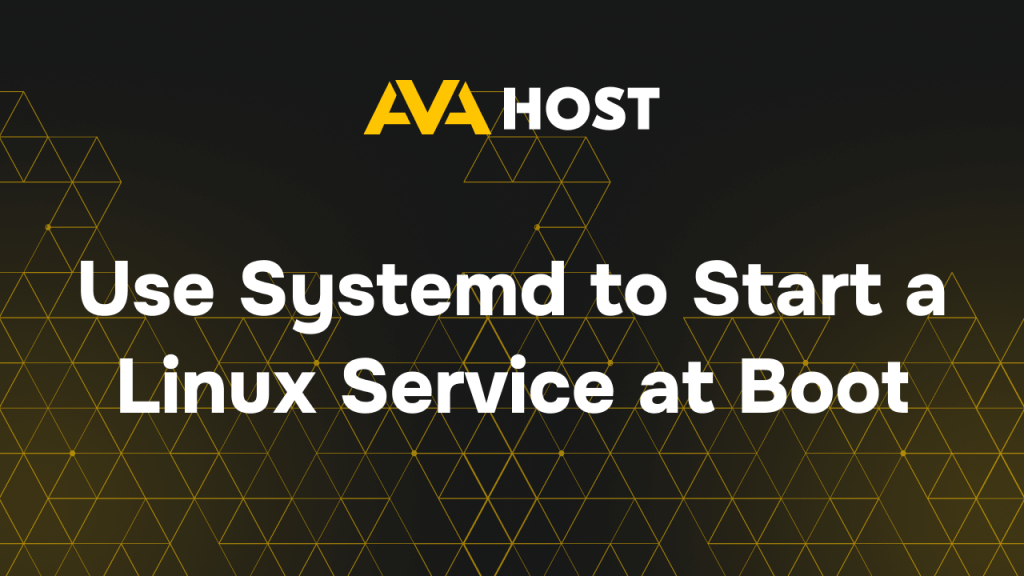F.A.Q

Secure, Passwordless Access with SSH Keys Managing your Linux VPS or dedicated server demands robust security, and SSH key authentication is the gold standard for secure, passwordless access. Unlike traditional passwords, SSH keys use strong encryption to provide faster, safer logins, ideal for both manual access and automated workflows. For example, setting up SSH keys for […]

If you’re using a VPS or dedicated server, disk stability isn’t optional — it’s mission-critical. A single failing drive can result in data loss, downtime, and costly recovery. That’s why Linux system administrators rely on smartctl — a powerful command-line tool that gives you direct access to drive diagnostics via S.M.A.R.T. This guide walks you […]

QR codes are a powerful way to connect the physical and digital worlds. With a single scan, users can instantly access your website, promotions, contact forms, or landing pages — no typing required. Whether you’re managing a blog, portfolio, or eCommerce store, adding QR codes to your WordPress site makes your content more interactive, accessible, […]

How to Link Your Domain to a Server IP Address Connecting your domain to your server’s IP address via DNS mapping is a simple, essential step to make your website accessible. This guide walks you through linking a domain to your AvaHost VPS or dedicated server, with clear examples and tips to ensure success. What […]

What is index.html? index.html is the default landing page that web servers (like Apache or Nginx) load when a visitor accesses a directory without specifying a file. Clean URLs = better SEO, smoother UX, and a more professional web presence. If your links look like this: https://example.com/index.html —it’s time to modernize. In this guide, we’ll […]

PHP is one of the most widely used server-side scripting languages, crucial for web development. If you’re working with Ubuntu and need to upgrade or install PHP, this guide will walk you through the process. Step 1: Check the Current Version of PHP Before making any changes, it’s always a good idea to check which […]

Introduction A hostname is a unique identifier assigned to a machine on a network. In Linux OS, setting a static hostname ensures consistency, making it easier to manage and identify servers or workstations. This article explains different methods to assign a static hostname on Linux, covering both temporary and permanent changes across various distributions. Checking […]

Introduction Systemd is a powerful init system used by most modern Linux distributions to manage system and service processes. One of its key features is the ability to automatically start services at boot. This article will guide you through the process of configuring a service to start at boot using Systemd, ensuring that your critical […]

Exporting emails from Webmail on a cPanel hosting is a straightforward process, allowing users to back up their emails or transfer them to another email client. This guide will walk you through the steps to export emails using the most commonly used Webmail interfaces: Roundcube and Horde. Export Emails Using Roundcube Roundcube is a popular […]

How to Manage Nginx on Your AvaHost Linux Server Welcome to AvaHost’s guide on managing Nginx! Whether you’re running a website, setting up a reverse proxy, or balancing traffic, Nginx is your go-to web server for speed and reliability. This step-by-step FAQ makes it easy to start, stop, restart, and troubleshoot Nginx on your Linux-based […]


